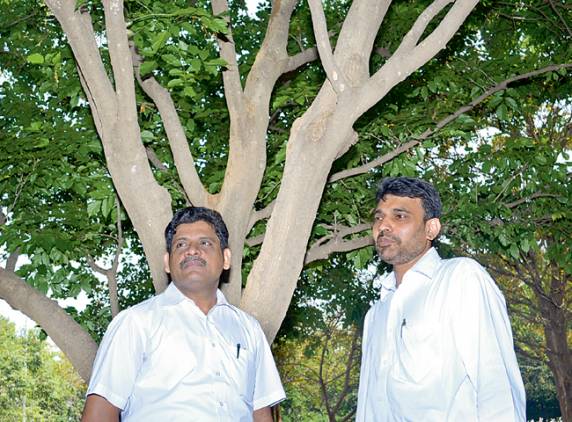The closure of the Mudumalai Tiger Reserve (MTR) did not seem to have, as many feared, stifled tourist flow to the Queen of Hills over the weekend.
Following the Supreme Court order banning tourism in tiger reserves across the country, the MTR was closed last Wednesday.
“The tourist rush was normal, with around 3,600 visiting the Government Botanical Garden on Saturday. More or less the same number visited the garden on Sunday as well. In fact, since it is monsoon month, it is off season now,” an official with the tourism department pointed out.
This, however, was on unexpected lines as the MTR was a tourism hotspot.
“It has been five days since the MTR was closed. Though we feared that the weekend crowd would be very minimal, it was normal. Most of the tourists who visited the garden were from Kerala and Karnataka. Crowds at Ooty Lake and Doddabetta were also normal. Given the situation, the closure of Mudumalai will not affect tourism in the Nilgiris, in any way, in future,” the official added.
Tourists from Kerala and Karnataka accounted for 70 per cent of visitors, he said. For them, Mudumalai was a transit point on the way to Ooty.“Now, they drive straight to Ooty skipping Mudumalai due to a ban on entry,” the official said.
Reiterating the hypothesis that the closure of the MTR was unlikely to affect tourism to the area, a senior forest official explained, “Not all tourists preferred to visit MTR. As per the official figures, over 20 to 22 lakh tourists visit Ooty every year. Of these, only two lakh tourists visit Mudumalai. While tourist spots in Ooty earned a minimum annual income of `10 crore, the income earned by Mudumalai was just `1 crore.
The SC order, the forest official felt, could be a blessing in disguise.
“As instances of man-animal conflict has reached the nadir in the Nilgiris forest areas, particularly in Gudalur and Mudumalai, in the last two years due to drought and deforestation, it may be better to develop tourism activities in non-forest areas for the welfare and safety of wildlife, local residents and tourists,”
“The unwanted legal conflicts between forest officials and serious environmentalists will also end. The government’s manpower and people’s tax money can also be saved,” he said.
source: http://www.newindianexpress.com / Home> States> TamilNadu / by R. Haldorai – Udhagamandalam / July 30th, 2012




